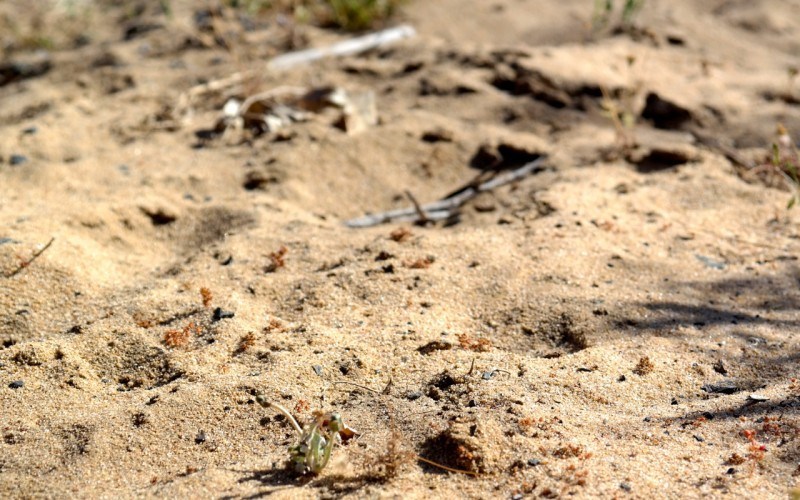One of the things those of us who arrange the Corrales Garden Tour each year understand is that gardening in the high desert is not always easy. Corrales has two distinct ecosystems. the Bosque and the sand hills and each has it’s own issues, but most will agree that it can be difficult to plant a garden in the sand hills. Whether it be for eating from or enjoying the beauty a garden, the heat, lack of shade and, not to mention, the virtually pure sand offers a challenge to the would-be gardener (but you’ll find it offers many more benefits).Leaving the Bosque challenges for another day, here are some tips for creating a garden in the sandier parts of the high desert.
First, let’s look at the beneficial aspects of sandy soil.
- There are a handful of plants that thrive in sandy ground, herbs, root vegetables and some berries
- Sandy soil is much easier to work with, it’s easy to dig and is lighter
- Sand doesn’t compact, it is easier to dig in
- It’s easily amended with compost
- The fact that it is well drained benefits most flowering plants
- You really don’t have to worry about over-watering or root rot
- Transplanted plants can establish a little bit faster in sandy soils, since it is easier for their roots to get a foothold
- Sandy soils warm up a little faster in the spring for earlier planting
 Now here is the downside to sandy soil
Now here is the downside to sandy soil
- Sandy soils don’t hold water or nutrients very well because sand is composed of silica, usually quartz crystals, and these have relatively no ability to hold onto nutrients and little ability to hold on to water.
Even the plants that do well in sandy soil are going to need water and nutrients in order to thrive. And what I haven’t mentioned in either list is the fact that we have very hot summers and the summer heat is exacerbated by the sand, which is essentially reflective glass. So in addition to amending the soil with compost and other soil amendments (this article from Grow it Organically offers some great suggestions for sandy soil amendments) it is a good idea to cover your plants with a garden shade cloth like the one seen at the right. Interestingly, tomatoes, who love the sun wilt and gasp under the intense high desert sun. Being in the high desert means that you and your garden are closer to the sun. However, it doesn’t make any sense to grow flowers and other plants that are appreciated for their beauty, not their nutrition under a cloth, so choosing hardy sun loving ornamentals and/or planting them in micro-climates, like close to the house, under a tree or in the north side of your house works to protect while providing the desired esthetics.
It doesn’t have to be hard to grow a vegetable or ornamental garden in the high desert and in fact it can be quite rewarding because the growing season is often longer. A little preparation is all you need to grow nearly anything you want.

